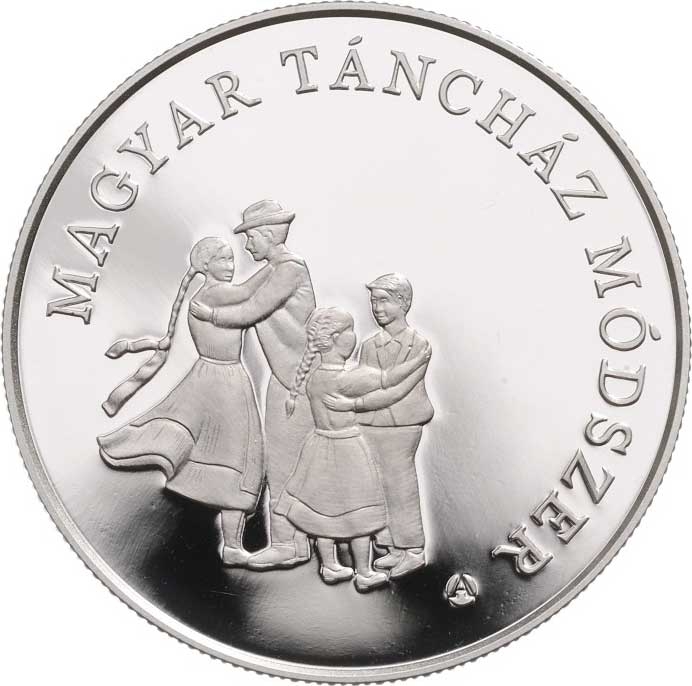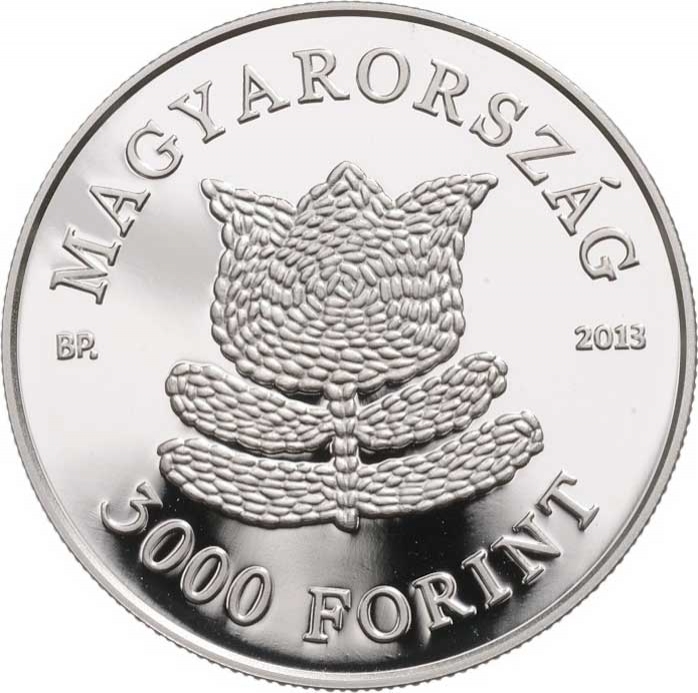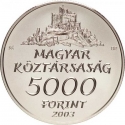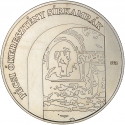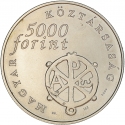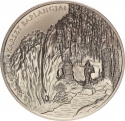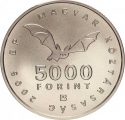You are about to finish your registration. Please check your mailbox (including spam folder). There should be a letter with a confirmation link. Check setting to make sure that your e-mail address is correct.
Send letter againDescription
The initiative known as the "Hungarian Dance-House Method" strives to conserve and advance the traditions of Hungarian folk dances and music. Originating from the concept of a "dance-house," where community members come together to dance and make music, this method formalizes the approach to this tradition, which emerged in Hungary during the mid-20th century.
At the core of this methodology lies not only the presentation of dances and music but also the exploration of their historical and cultural contexts, traditional instruments, and stylistic nuances. Furthermore, a significant aspect involves the hands-on instruction of dances and music, enabling enthusiasts to actively engage in these cultural events.
In 2011, UNESCO acknowledged the significance of the Hungarian Dance-House Method by adding it to the National Heritage List, underscoring its role in safeguarding and transmitting cultural legacies. Consequently, this method has garnered international recognition and support.
Engraver: András Szilos
Obverse

|
Depicts couples dancing with arms around each other (one young and one child couple), dressed in folk costumes. On the right, at the bottom, the engraver's privy mark is placed. Around the edge, the legend "HUNGARIAN DANCE HOUSE METHOD" is readable. MAGYAR TÁNCHÁZ MÓDSZER |
|---|---|
Reverse

|
Depicts an Embroidered tulip motif from Szék (Transylvania, today Romania). The upper inscription reads "HUNGARY," while the lower legend reads "3000 FORINT" for the denomination. On the left side, there is the mint mark "BP.," and on the right side, the year of issue, "2013," is placed. MAGYARORSZÁG |
| Edge |
3000 Forint
UNESCO World Heritage
Hungarian Dance-House Method
Subscribe series
KM# 853 Adamo# EM256
UNESCO World Heritage
Hungarian Dance-House Method
